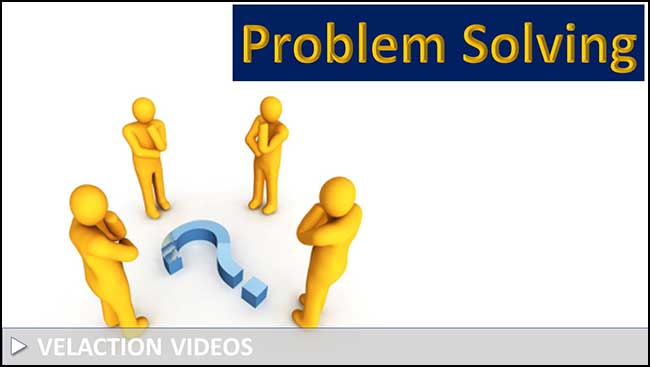| 🔍 > Lean Terms Directory |
Ownership
Ownership creates responsibility. Whether it is a company, a process, or a desk, people tend to take more responsibility when they are dealing with something that is theirs.
Pride of ownership is a term that is most commonly applied to homes, but it also applies to processes and work areas. When people feel attached to something, they tend to maintain it better. They put a bit more effort towards improving it, and they are less tolerant when entropy sets in.
In a Lean company, the concept of ownership can be strained because of the practice of job rotation. Team members may move between a few workstations as a hedge against boredom and the quality issues that come with monotony. Or, they may simply be requested to move around when work arrives in an uneven fashion.

In some cases, ownership is crystal clear. A manufacturing manager has ownership of a slice of the shop floor. Her supervisor owns a section of an assembly line. An accounting manager owns the reimbursement process for travel expenses.
Ownership can be more challenging to apply to frontline team members, but can be a great tool in a Lean leader’s toolkit. The challenge comes, as mentioned before, because of the team mentality. As great as teamwork is in most situations, it has one significant shortcoming. It dilutes the sense of responsibility that comes with being the only one responsible for something.The rest of the team acts as a safety net, so an individual knows that someone can pick up the slack, if necessary.
The source of this problem is not, as might initially come to mind, a negative one. People in Lean companies are busy, and people are often pushed out of their comfort zone. They may simply be working on another improvement project and know that their team “has their back”. The problem comes when everyone is expecting someone else to cover for them, and nobody does.
There is an old expression about ownership. If everyone owns something, then nobody does.
The Lean Rules of Ownership
There are three basic rules of ownership in a continuous improvement culture.
- Assign a single owner to a work area or process.
- Make sure everyone knows who the owner is. This includes the owner.
- Grant authority to the owner to make changes. Few things are as frustrating as having a responsibility without the ability to do anything about problems.

Words of Warning
- When assigning tasks during a project, make sure to have a single name as the “point person” with responsibility for its completion. That person should also have final say in how the work is done.
- Make sure team tasks are assigned to individuals, even if it is on a rotating basis. As an example, if there is a shared tool such as a hoist that requires safety checks, make sure that someone specific is assigned to do it. It makes it much less likely to be missed.

0 Comments